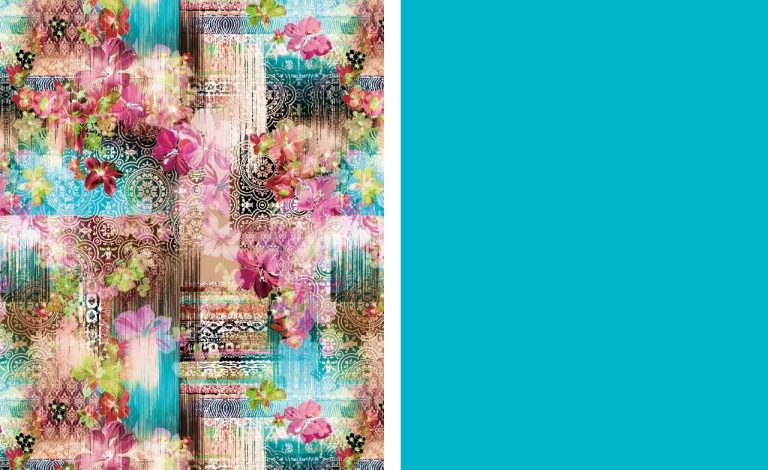How to Use Gold Foil on Velvet to Create a Luxurious Look
Creating a luxurious look with gold foil on velvet is a great way to add a touch of elegance to any room. Gold foil on velvet can be used to create a variety of looks, from subtle accents to bold statements. Here are some tips on how to use gold foil on velvet to create a luxurious look.
First, choose the right type of velvet for your project. Velvet comes in a variety of colors and textures, so it’s important to select the right one for your project. Consider the color of the room and the overall look you’re trying to achieve.
Next, prepare the velvet for the gold foil. Make sure the velvet is clean and free of any dirt or dust. If necessary, use a vacuum cleaner to remove any debris.
Once the velvet is ready, it’s time to apply the gold foil. Start by cutting the gold foil into small pieces that are slightly larger than the area you want to cover. Use a craft knife to cut the foil into the desired shape.
Next, use a hot iron to adhere the gold foil to the velvet. Place the gold foil on the velvet and press the iron down firmly. Make sure to move the iron in a circular motion to ensure the gold foil is evenly distributed.
Finally, use a soft brush to smooth out any wrinkles or bumps in the gold foil. This will help create a smooth, luxurious look.
By following these steps, you can easily create a luxurious look with gold foil on velvet. With a little bit of patience and creativity, you can transform any room into a luxurious space.
Holland Brozen Print is a unique form of printmaking that has had a lasting influence on modern art. Developed in the Netherlands in the late 19th century, Holland Brozen Print is a combination of traditional etching and aquatint techniques. The process involves etching a design onto a copper plate, then using a combination of aquatint and etching to create a unique, multi-layered image. The result is a highly detailed, intricate print that has become a favorite among modern artists.
Holland Brozen Print was developed by Dutch artist Jan van de Velde in the late 1800s. Van de Velde was inspired by the traditional etching and aquatint techniques used by Dutch masters such as Rembrandt and Jan Steen. He combined these techniques to create a unique form of printmaking that was both intricate and detailed.







